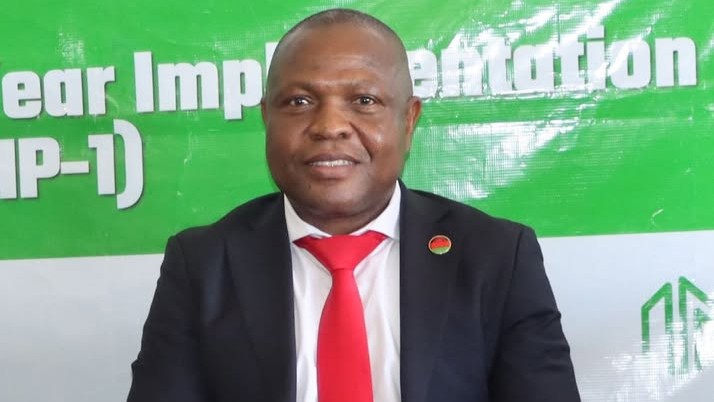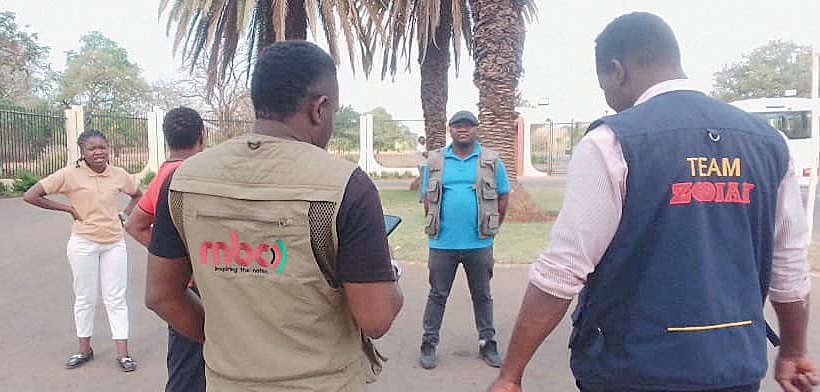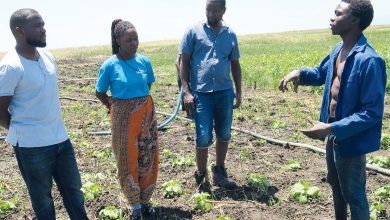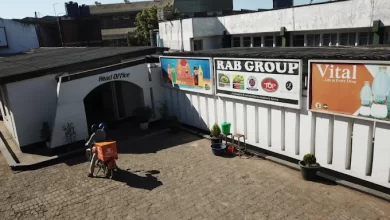Align budget and goals—ECA
The Economic Commission for Africa (ECA) has urged African economies to align national development plans and national budgets while matching with suitable financing options.
In its policy brief on accelerating progress in implementation of the 2030 Agenda in Africa through integrated planning and financing, the United Nations agency said due consideration should be given to revenue generation potential, financing duration and capital expenditure profiles.

ECA said to a significant extent, African countries are trying to grow and achieve sustainable development in a complex and uncertain socioeconomic global environment, with progress being deterred by the impact of external shocks, in response to which Africa must build resilience.
Reads the policy brief in part: “Countries should aim to cost their development plans, identify financing gaps not only for the entire plan but also for specific sectors, programmes and needs within the plan, and match them with suitable financing sources the current pace of progress is insufficient to achieve them by 2030.”
ECA estimates that the continent faces an annual financing gap ranging from $670 billion to $762 billion to meet the Sustainable Development Goals in 2030.
This gap is exacerbated by persistent debt distress across the continent, as many countries continue to face high borrowing costs, tight financing constraints and ongoing debt vulnerabilities which constrain domestic investment and limit the ability of governments to fund essential development initiatives.
According to an analysis of the Sustainable Development Solutions Network, a global initiate for the United Nations (UN), of the 17 SDGs Malawi adopted in 2015, none is on track.
Malawi is also facing major challenges in fighting poverty (SDG1) with progress showing a declining trend while challenges remain on achieving good health and well-being (SDG 3), gender equality (SDG 5), clean water and sanitation (SDG 6) responsible consumption and production (SDG 12) and climate action (SDG 13) as progress has moderately improved.
Progress on SDG2 (zero hunger), SDG4 (quality education), SDG7 (affordable clean energy), SDG8 (decent work and economic growth), SDG9 (industry, innovation and infrastructure), SDG11 (sustainable cities and communities), SDG15 (life on land), SDG16 (peace, justice and string institutions) and SDG17 (partnerships for the goals), stagnated.
The country began domesticating the SDGs through the Malawi Growth and Development Strategy III (2017/22) and later in the Malawi 2063, currently being implemented under the First 10-year Implementation Plan (MIP-1).
National Planning Commission (NPC) director general Frederick Changaya recently observed that in the face of funding constraints, it will prioritise modern and low financing models to advance the Malawi 2063 (MW2063), the country’s long-term development plan.
He said among the models include public private partnerships (PPP) and diaspora bond, which is a financial instrument issued by a country to its expatriates.
Said Changaya: “There are modern financing models unlike the most expensive and demanding traditional government debt.
“I think of a PPP with smart structuring with blended financing models using concessional funds to de-risk private sector participation in critical infrastructure.”





